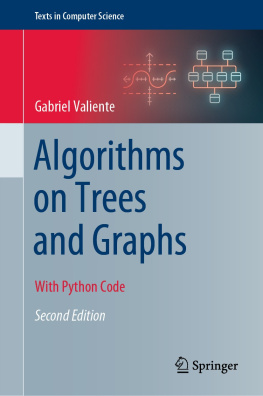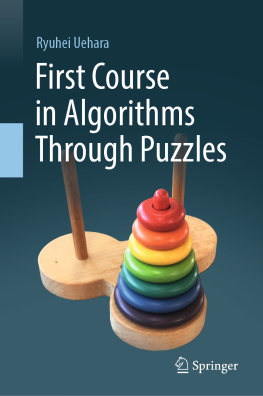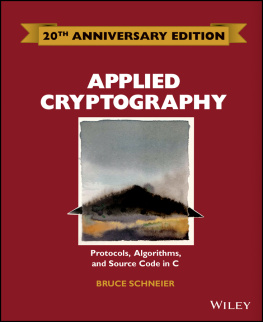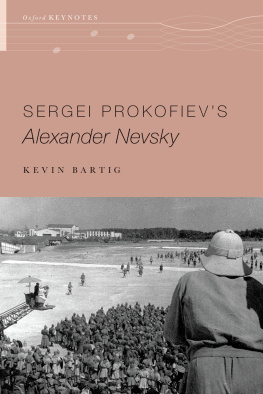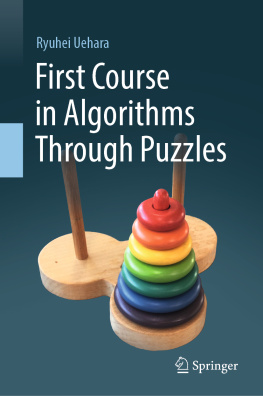Sergei Kurgalin - Algorithms, Exercises, and Implementations
Here you can read online Sergei Kurgalin - Algorithms, Exercises, and Implementations full text of the book (entire story) in english for free. Download pdf and epub, get meaning, cover and reviews about this ebook. publisher: Springer International Publishing, genre: Romance novel. Description of the work, (preface) as well as reviews are available. Best literature library LitArk.com created for fans of good reading and offers a wide selection of genres:
Romance novel
Science fiction
Adventure
Detective
Science
History
Home and family
Prose
Art
Politics
Computer
Non-fiction
Religion
Business
Children
Humor
Choose a favorite category and find really read worthwhile books. Enjoy immersion in the world of imagination, feel the emotions of the characters or learn something new for yourself, make an fascinating discovery.
- Book:Algorithms, Exercises, and Implementations
- Author:
- Publisher:Springer International Publishing
- Genre:
- Rating:3 / 5
- Favourites:Add to favourites
- Your mark:
- 60
- 1
- 2
- 3
- 4
- 5
Algorithms, Exercises, and Implementations: summary, description and annotation
We offer to read an annotation, description, summary or preface (depends on what the author of the book "Algorithms, Exercises, and Implementations" wrote himself). If you haven't found the necessary information about the book — write in the comments, we will try to find it.
Algorithms, Exercises, and Implementations — read online for free the complete book (whole text) full work
Below is the text of the book, divided by pages. System saving the place of the last page read, allows you to conveniently read the book "Algorithms, Exercises, and Implementations" online for free, without having to search again every time where you left off. Put a bookmark, and you can go to the page where you finished reading at any time.
Font size:
Interval:
Bookmark:
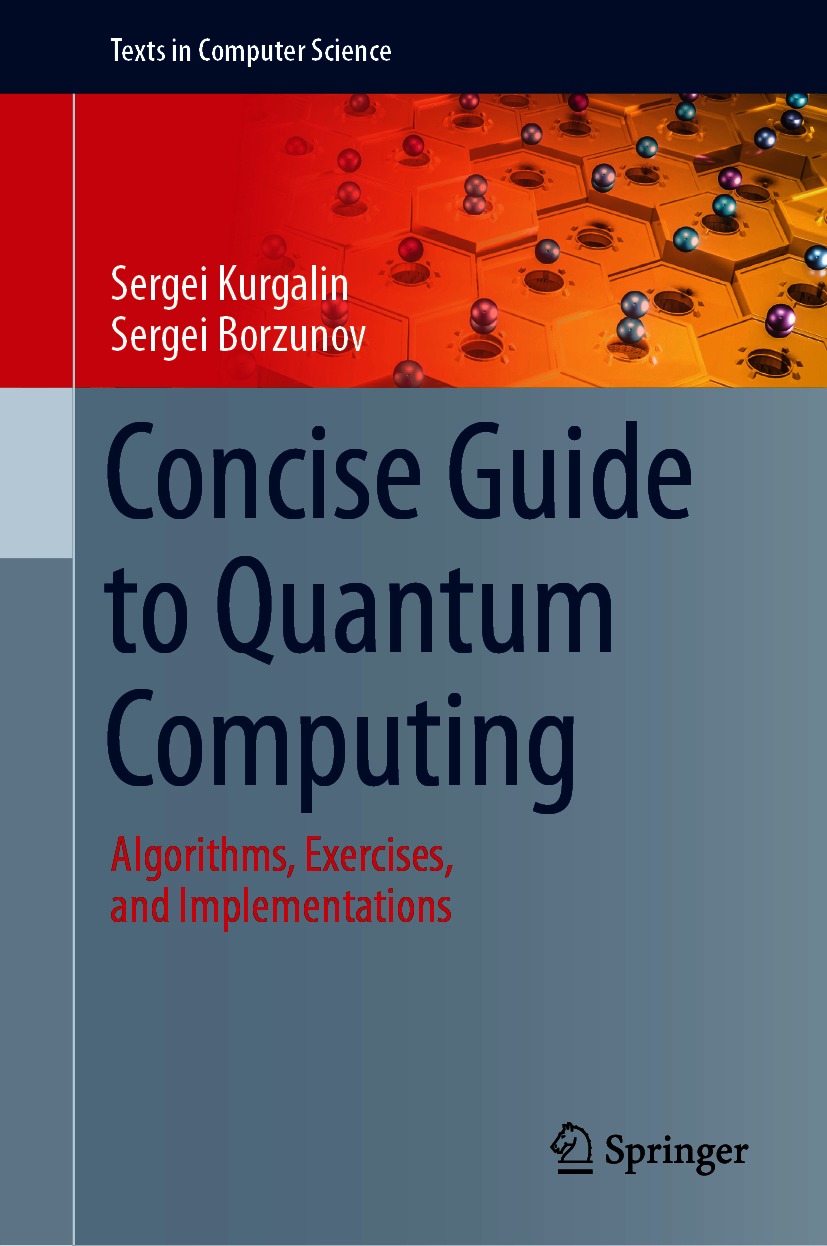
More information about this series at http://www.springer.com/series/3191 Titles in this series now included in the Thomson Reuters Book Citation Index!
'Texts in Computer Science' (TCS) delivers high-quality instructional content for undergraduates and graduates in all areas of computing and information science, with a strong emphasis on core foundational and theoretical material but inclusive of some prominent applications-related content. TCS books should be reasonably self-contained and aim to provide students with modern and clear accounts of topics ranging across the computing curriculum. As a result, the books are ideal for semester courses or for individual self-study in cases where people need to expand their knowledge. All texts are authored by established experts in their fields, reviewed internally and by the series editors, and provide numerous examples, problems, and other pedagogical tools; many contain fully worked solutions.
The TCS series is comprised of high-quality, self-contained books that have broad and comprehensive coverage and are generally in hardback format and sometimes contain color. For undergraduate textbooks that are likely to be more brief and modular in their approach, require only black and white, and are under 275 pages, Springer offers the flexibly designed Undergraduate Topics in Computer Science series, to which we refer potential authors.

This Springer imprint is published by the registered company Springer Nature Switzerland AG
The registered company address is: Gewerbestrasse 11, 6330 Cham, Switzerland
The role of Computing Science in modern society can hardly be overestimated. The rapid development of physics, chemistry, biology, medicine as well as achievements in economics is based on the developing possibility of solving resource-intensive problems on powerful computing systems. Nevertheless, the exponential complexity of many practically significant problems leads to considerable difficulties even while using a supercomputer.
The approach to computing, fundamentally different from the widely known and availableclassicalcomputing, provides quantum theory. Quantum-mechanical methods of solving problems in some cases provide exponential speedup in comparison with traditional algorithms. The idea of accelerating computational processes by using quantum systems began to develop in many academic and industrial world centers.
Training specialists in the field of computing science, meeting the requirements of time, leads to the need to pay special attention to the basics of quantum computing. In our opinion, there are not enough books describing quantum computing on the methodical level available for future programmers in the educational literature at the present time. The known textbooks on quantum theory in the majority do not contain the data on quantum algorithms and, therefore, are not completely focused on the training of experts in the field of information technology. In this workbook, we made an attempt to fill this gap.
The book was developed over several years using the experience of teaching the quantum theory course at Computer Science Faculty of Voronezh State University. Its content corresponds to Federal State Educational Standards in the areas of Bachelors Degree Information Systems and Technologies, Software Engineering, Information Security, Mathematics and Computer Science, Specialists degree in Computer Security, and Masters degree in Information Systems and Technologies.
This workbook is intended for laboratory, practical classes and for independent study. It contains basic theoretical concepts and methods for solving basic types of problems, as well as a large number of explanatory examples. It gives an idea of the quantum computing model, basic operations with qubits and universal elements of quantum schemes, introduces definitions of entangled states, and analyzes the EinsteinPodolskyRosen experiment. Much attention is paid to examples of the most important quantum algorithmsthe algorithms of phase evaluation and the Fourier quantum transformation.
The workbook offers a large number of problems and exercises of a wide range of complexity for independent solution. All problems, except the simplest ones, are equipped with answers, hints, or solutions. The most difficult problems are highlighted with the character asterisk (*), placed before their number. The end of an example in the text is indicated by the symbol  . The book includes a sufficient number of illustrations and diagrams to help visualize the objects being studied and the connections between them. Review questions on theoretical material are formulated to test knowledge.
. The book includes a sufficient number of illustrations and diagrams to help visualize the objects being studied and the connections between them. Review questions on theoretical material are formulated to test knowledge.
There are two appendices to the textbook. In Appendix A, the system of postulates of quantum theory is formulated. That will help students to fix and systematize knowledge and skills in solving quantum-mechanical problems.
Font size:
Interval:
Bookmark:
Similar books «Algorithms, Exercises, and Implementations»
Look at similar books to Algorithms, Exercises, and Implementations. We have selected literature similar in name and meaning in the hope of providing readers with more options to find new, interesting, not yet read works.
Discussion, reviews of the book Algorithms, Exercises, and Implementations and just readers' own opinions. Leave your comments, write what you think about the work, its meaning or the main characters. Specify what exactly you liked and what you didn't like, and why you think so.

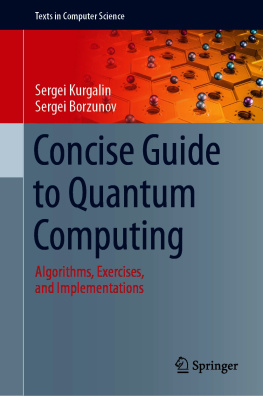
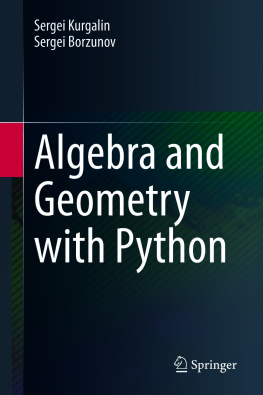
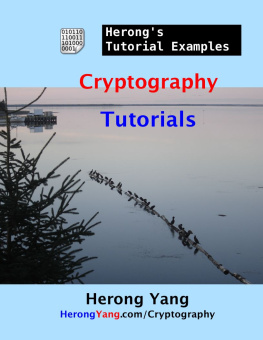
![Sergei Kurgalin [Сергей Кургалин] - The Discrete Math Workbook: A Companion Manual Using Python, 2nd Edition](/uploads/posts/book/307629/thumbs/sergei-kurgalin-s-k.jpg)
